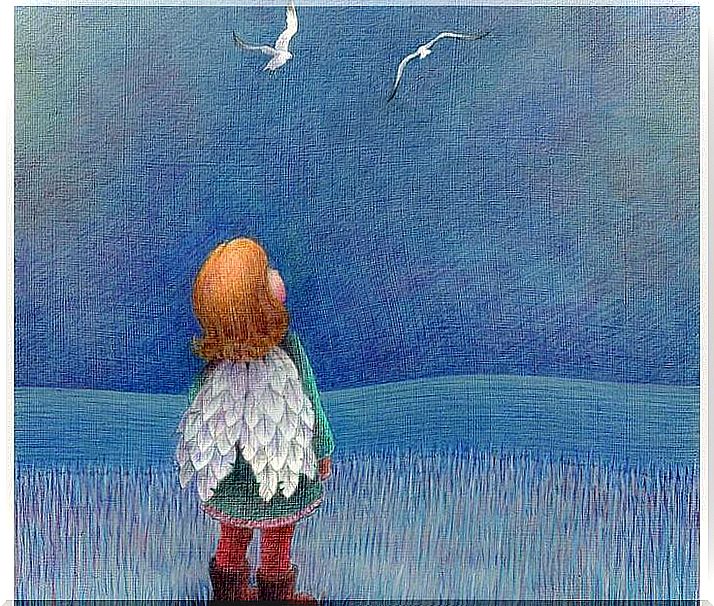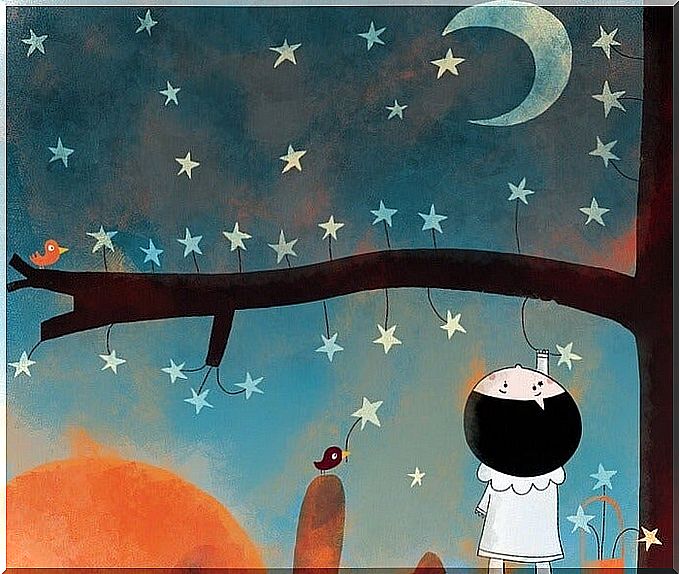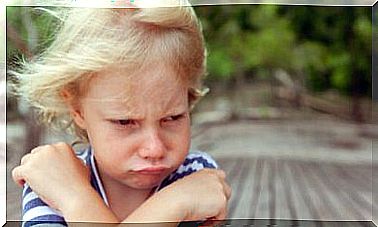Keys To Teaching Children To Think

Just a few days ago, a controversial article was released in the media stating that almost 90% of the world’s population does not know how to think. Such a statement comes from the hand of the doctor and philosopher Robert Swatz.
Anyone who knows a little about his work and the educational centers that he manages in various parts of the world, will know that what he intends is not only to get (concerned) parents to enroll their children in these learning academies. What seeks to highlight a certain fact, at the same time that it is not exempt from certain controversy.
It is possible that due to this approach to thinking that is more “vertical than lateral”, that is, of reasoning in a more linear, classified and rather rigid way, we lose that spontaneity that would allow us, for example, to manage daily stress much better. or those common day-to-day problems.
We lose a thought that knows how to talk about emotions, that identifies them, understands them, and that in turn prioritizes curiosity, critical sense and openness to everything that surrounds it. It is a freer thought, capable of offering us greater happiness
Not long ago we talked to you in our space about the pedagogy of María Montessori. Undoubtedly, we could use many of its bases to encourage freer and more creative thinking in children. However, just as school is important in the education of our children, so is the role of mothers, fathers, grandparents …

Teaching children to think
With the groundwork laid, how about we start putting into practice these simple tips to “teach kids to think”?
1. The child is unique and important
An error that is seen today in our school education is that there is a tendency to “build” equal children, with the same mentality and the same learning. In the end we have “serial” minds and children who think in the same way. Howard Gardner, father of the Theory of Multiple Intelligences, affirms that this type of thinking is a mistake and very harmful for the child. Each of us is endowed with one or more intelligences more potent than others and therefore we do not respond the same if they evaluate us all in the same way. Therefore, according to different authors, current education is based on an obsolete teaching system.
There is undoubtedly a potential in him that he must learn to explore from a very young age, and for this, as parents, we must give them confidence and support from a very young age. If before each word, idea or reasoning they feel supported and valued, they will feel safe to continue moving forward.

2. Educate in emotions
To teach thinking, it is essential that children understand as soon as possible how the world of emotions works. Developing empathy, for example, is an essential key in your development as a “social person”. Educating them in Emotional Intelligence will be essential for them to learn to better relate to themselves and to others. In this way, they will learn to manage their emotions from a young age and to understand those of others.
A thought that understands what sadness is and how it is managed, that knows how to identify inner anger and that learns to channel it, is a wise thought because it knows how to understand itself, as well as others. The education of children does not begin at 3 or 4 years when their school life begins. Education, like teaching to think, begins from the moment they come into the world.
3. The importance of knowing how to reflect and attend to one’s own thoughts
Learning to be alone with themselves is another pillar of that mature and balanced thinking. Little by little he must learn to decide for himself without the need for second people to make decisions or to know what one wants at all times. In this way, your autonomy will be increased and you will first experience your first mistakes and the way to correct them. That is why it is important that when he makes a mistake we help him, but letting him be the one to try to solve his wrongs.
Encourages children to know how to be reflective, so that before speaking or doing something, they meditate on it, thinking about the consequences. In turn, it is essential that you promote their independence and maturity, avoid , above all, unhealthy attachments and overprotection.
Offer him books, even if he has not yet started the literacy process. Make them touch them, manipulate them and look at the pictures as close friends who later, when they can read, will allow them to reach incredible worlds where they can learn and reflect.

4. Encourage their creativity
Prevents as they grow ” lose that inner child “. For this it is interesting that you always encourage their curiosity by providing them with challenges, stimuli, projects to start, topics to investigate and in which to learn while having fun. It is important that creativity is not hidden under layers and layers of conditioning. A creative mind is a free mind, a mind capable of seeing beyond.
A creative child is a freer adult tomorrow. It develops their imaginative capacities, their hunger to learn, and that curiosity that they should never lose for everything that surrounds them. If your creativity is encouraged, it will also help you to solve problems more easily, because where some drown in a glass of water, creative people can see different solutions.
5. Yes to the critical sense
Don’t be obsessed with getting your children to be what “you want them to be. ” Each child, like ourselves, has their own personality that must be respected at all times.
Let him have his ideas and opinions, and know how to argue them. And even more, do not let the child be left alone with a vision of things. If they are studying a specific topic at school, encourage them to be critical, to seek other opinions, other approaches.
It develops the one who has a “voice and vote”, the one who has their own opinions about everything and whose way of thinking is critical and flexible, not a “normalized” mind that lets itself be carried away rather than defends itself.
Courtesy Images: Lita Burke, Katy Hare









